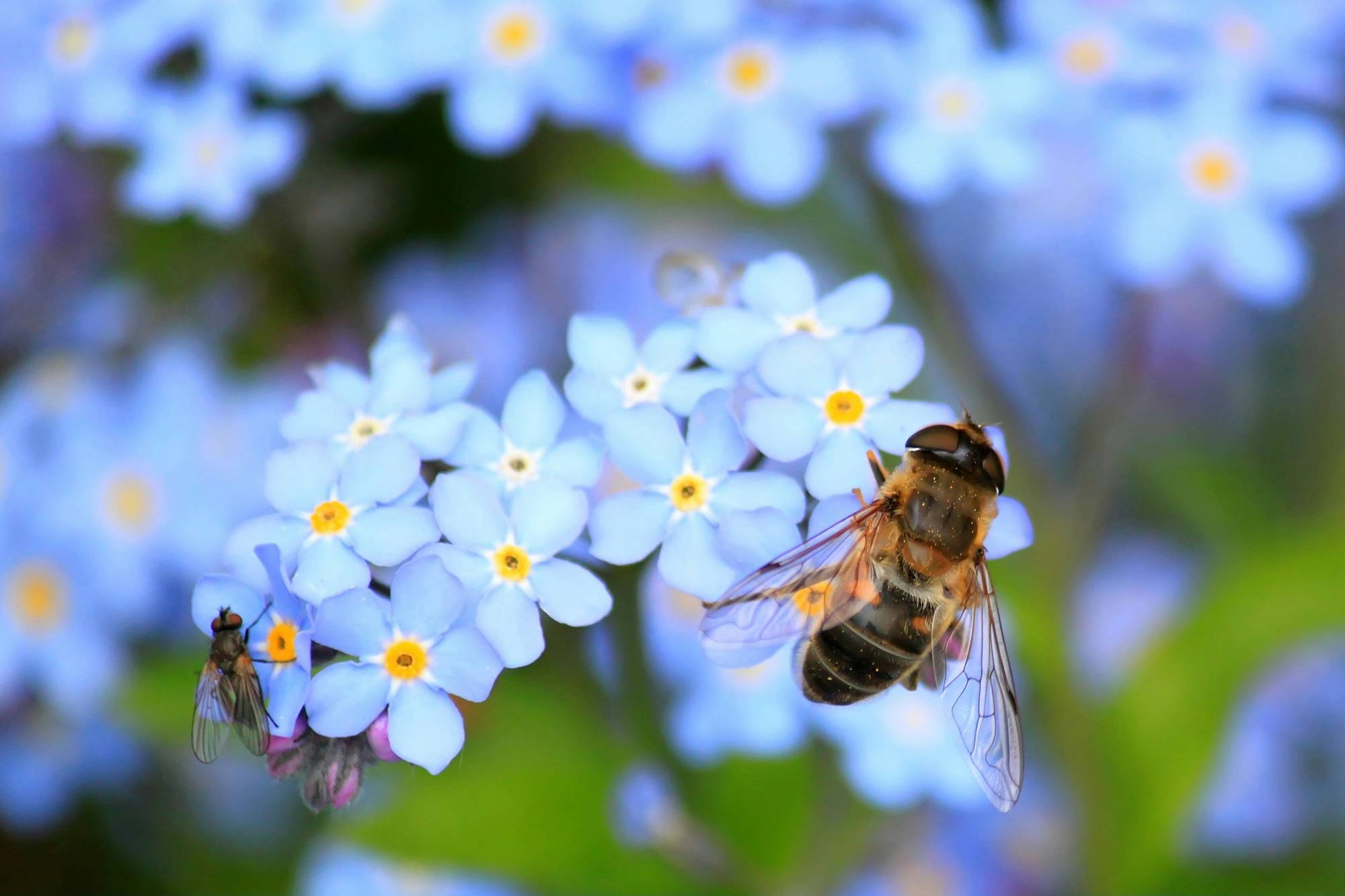A thriving permaculture garden is full of life—not just vegetables and flowers, but also birds, bees, butterflies, and countless other creatures. By encouraging biodiversity and welcoming wildlife, you help your garden become healthier, more resilient, and easier to care for. Here’s how you can make your garden a haven for both plants and animals.
Why Biodiversity Matters
Biodiversity means having many different kinds of plants, insects, birds, and animals living together. This variety helps your garden:
- Stay healthy by balancing pests and diseases naturally
- Support pollinators like bees and butterflies, which help your plants grow fruit and seeds
- Create a beautiful, lively space that’s fun to explore and observe
How to Attract Pollinators and Beneficial Wildlife
1. Plant Native Species
Native plants are the foundation of a wildlife-friendly garden. They provide the right food and shelter for local insects, birds, and animals.
- Choose a mix of native flowers, shrubs, and trees that bloom at different times for a steady food supply.
- Dense foliage offers nesting sites and protection for birds and insects.
2. Create Habitats and Shelter
Wildlife needs safe places to live and raise their young.
- Add birdhouses, bat boxes, and insect hotels to your garden.
- Build brush piles, rock stacks, and log shelters for small mammals, reptiles, and amphibians.
- Plant evergreen shrubs for year-round cover.
3. Use Edges and Wild Areas (Zone 5)
The edges of your garden, and any wild or less-managed spots, are perfect for supporting biodiversity.
- Let a corner of your yard grow wild with native grasses and wildflowers.
- Create wildlife corridors by planting hedges or rows of trees and shrubs, helping animals move safely between habitats.
4. Provide Water Sources
Even a small pond or birdbath can attract frogs, birds, and beneficial insects.
- Place water features in quiet spots with some plants nearby for shelter.
Natural Pest Management
Encouraging biodiversity means you’ll have more natural helpers to keep pests in check:
- Beneficial insects like ladybugs and lacewings eat aphids and other pests.
- Birds and bats help control insect populations.
- Companion planting and diverse plantings confuse pests and attract their predators.
Tips for a Wildlife-Friendly Permaculture Garden
- Avoid chemicals—use organic methods to protect helpful creatures.
- Compost kitchen scraps to feed the soil and the bugs that live in it.
- Observe your garden often to see which animals visit and what they need.
The Big Picture
By welcoming wildlife and planting for biodiversity, you’re not just growing food—you’re creating a living, balanced ecosystem. Your garden will be healthier, more beautiful, and full of wonder for everyone who visits, whether they have feathers, fur, or wings.
Start today by planting a native flower, building a bug hotel, or letting a wild corner grow. Every small step helps your garden and the planet!

